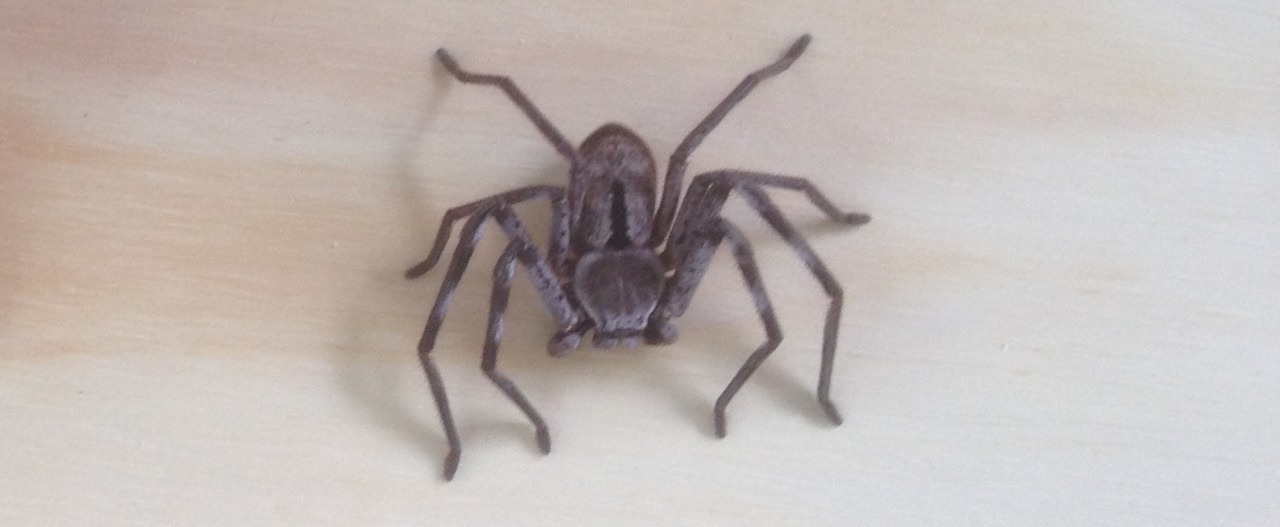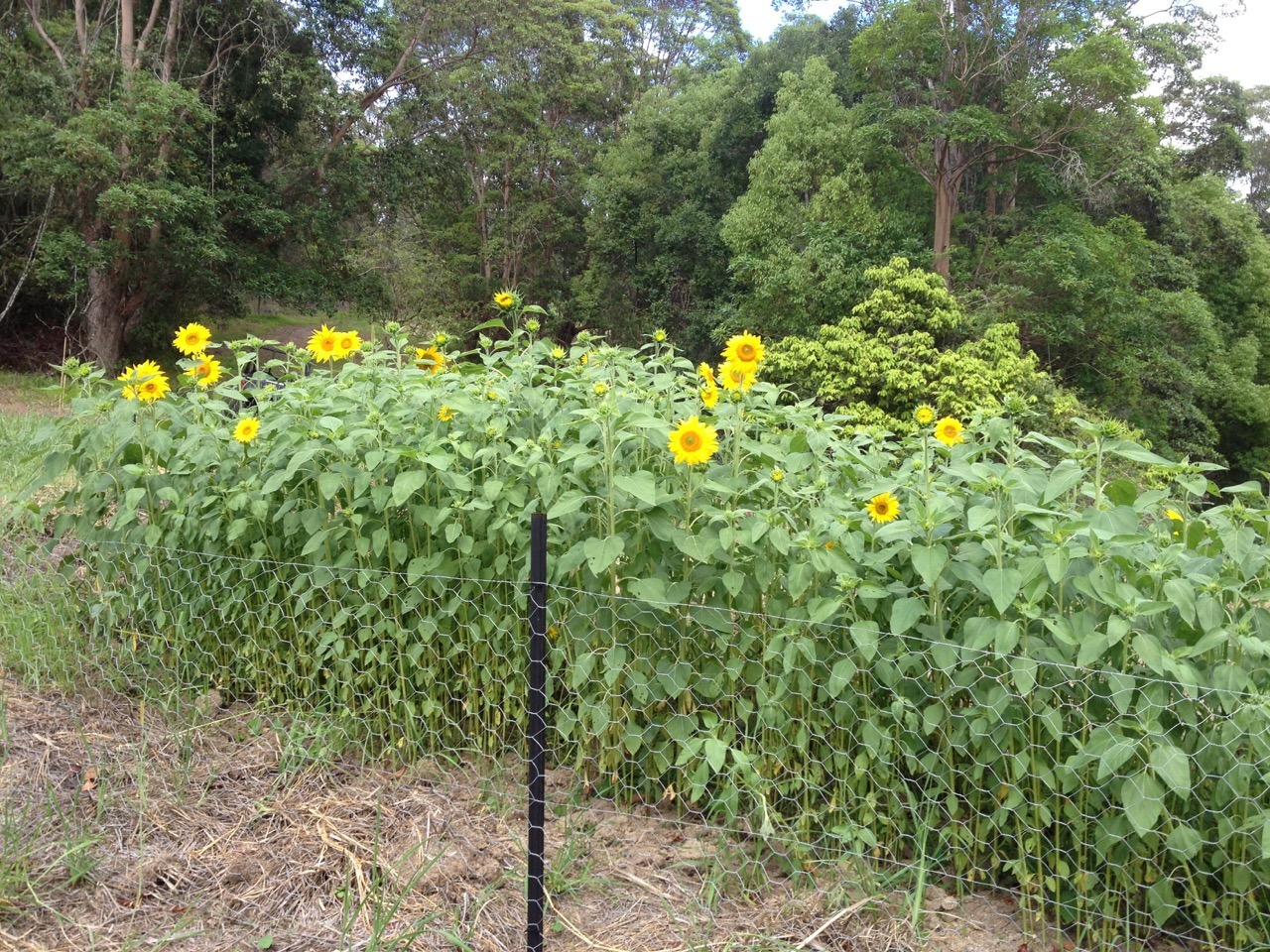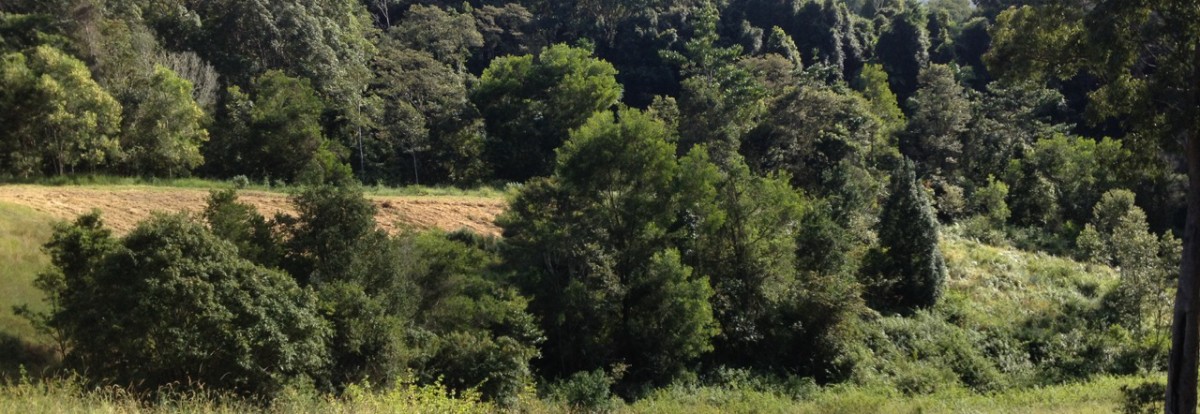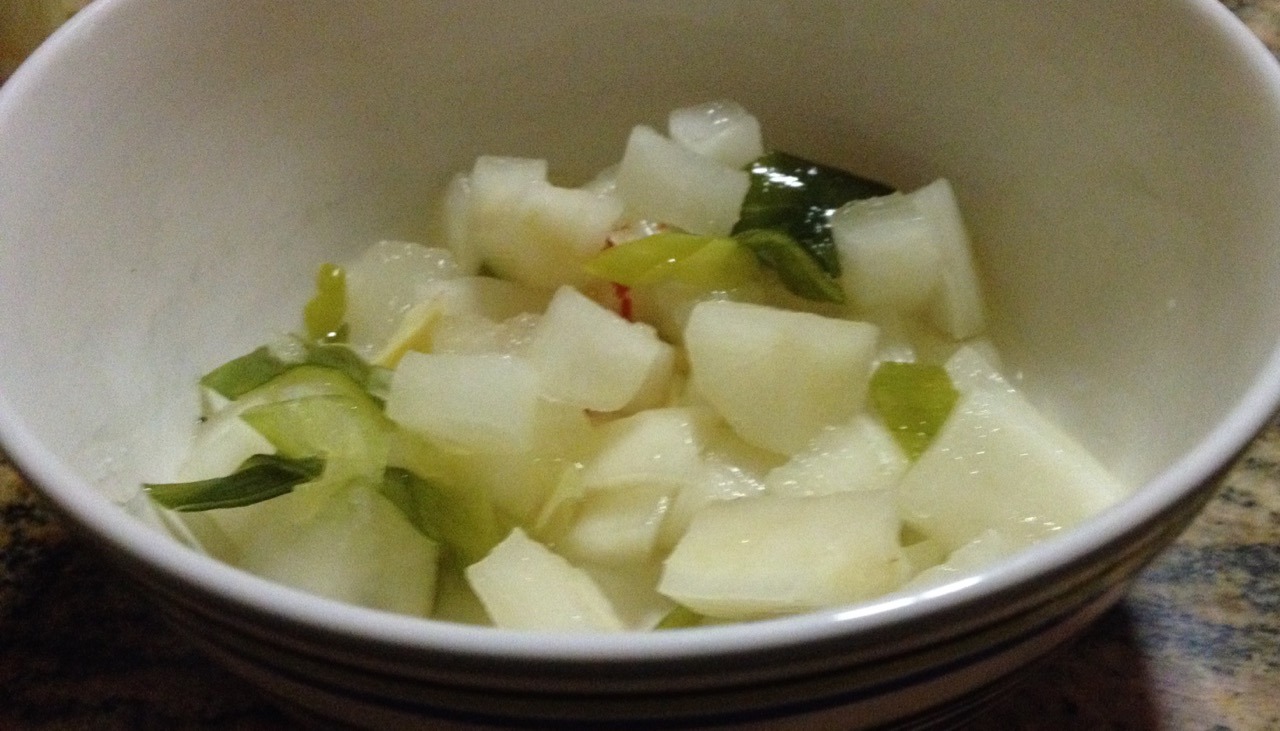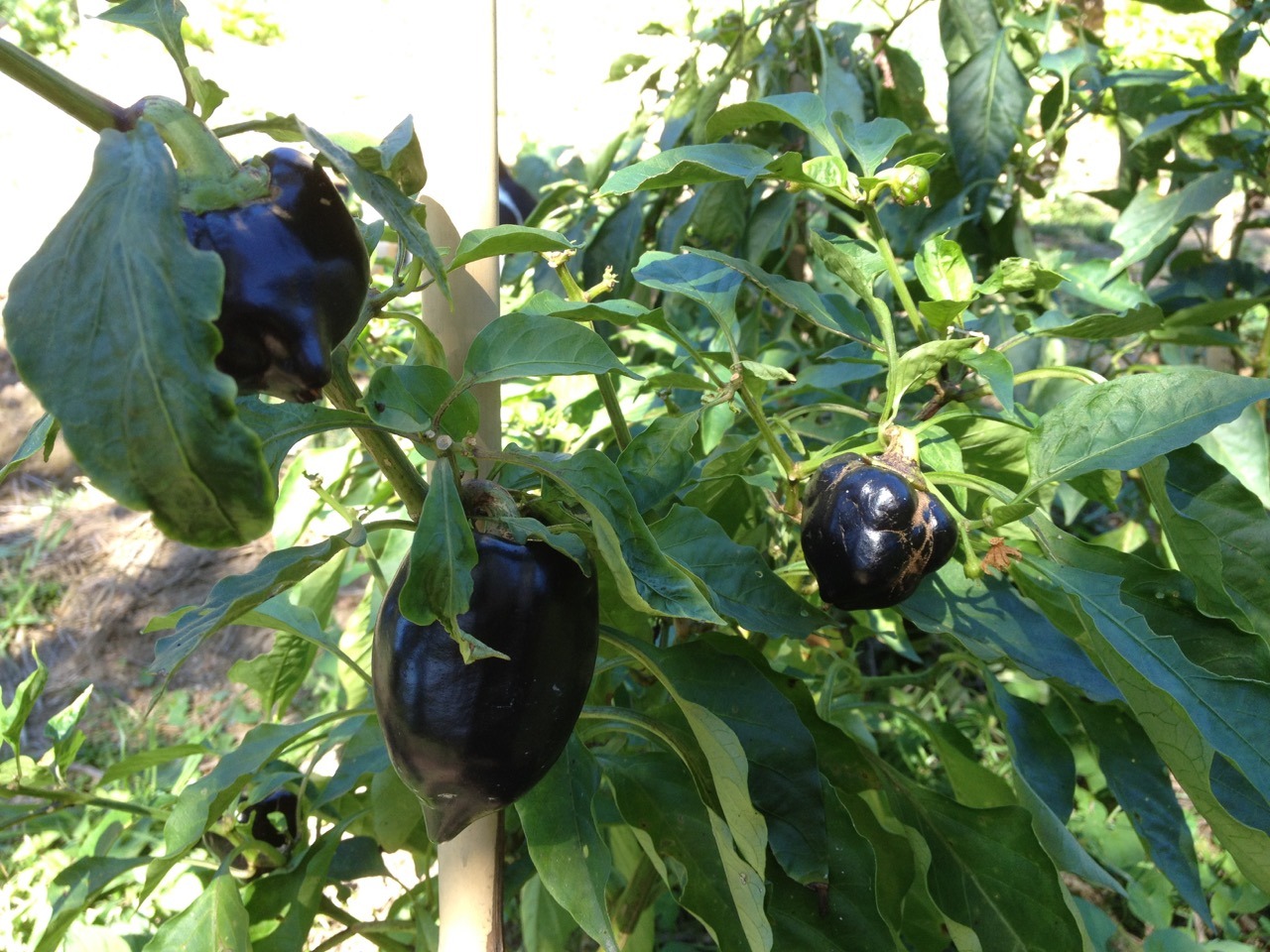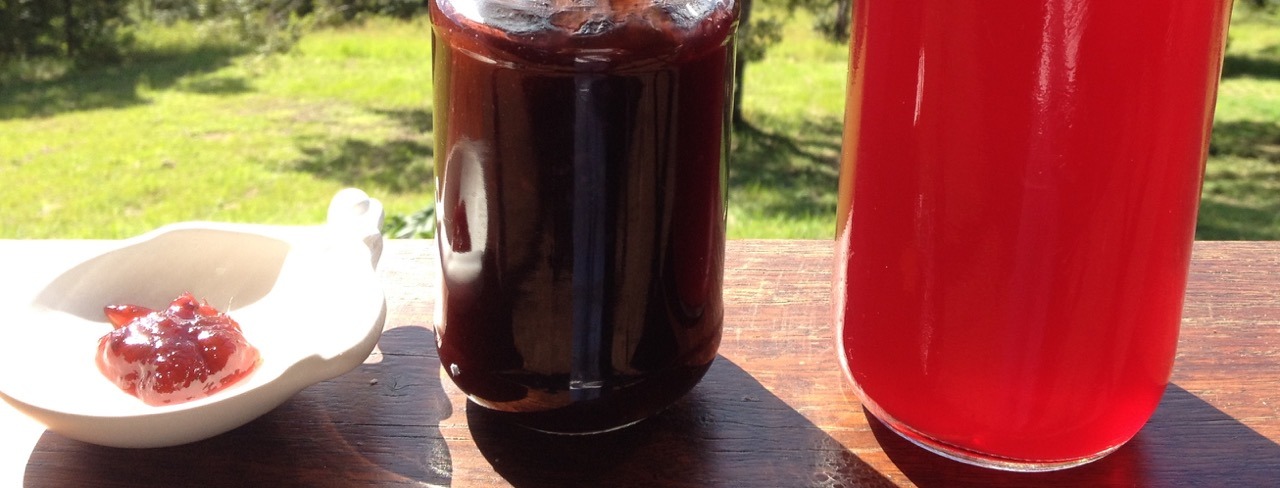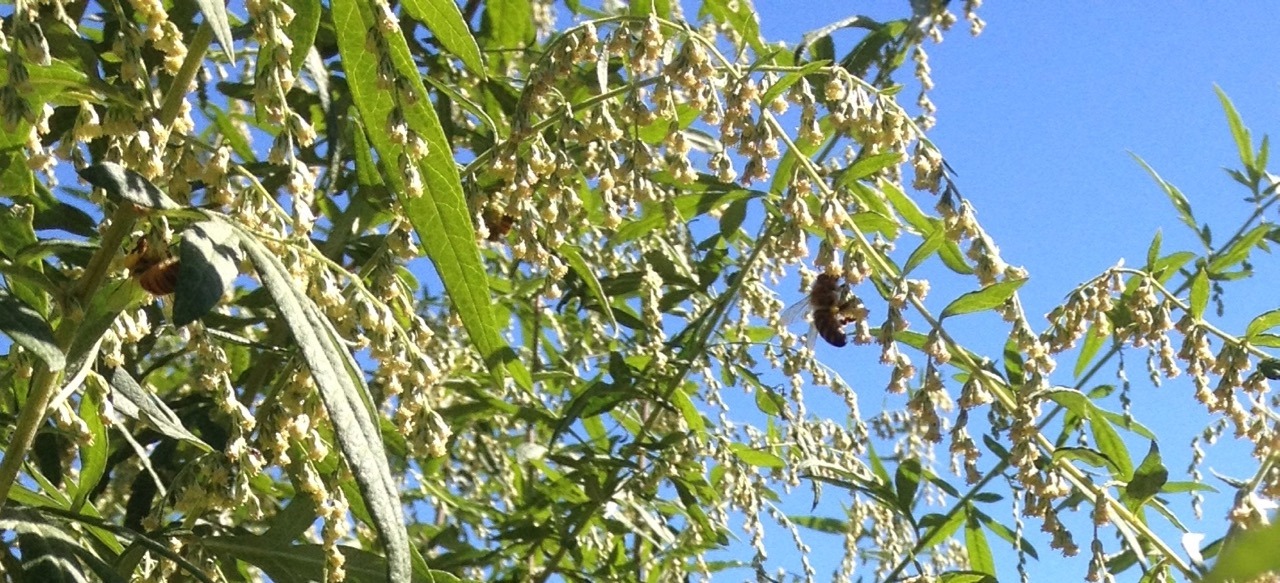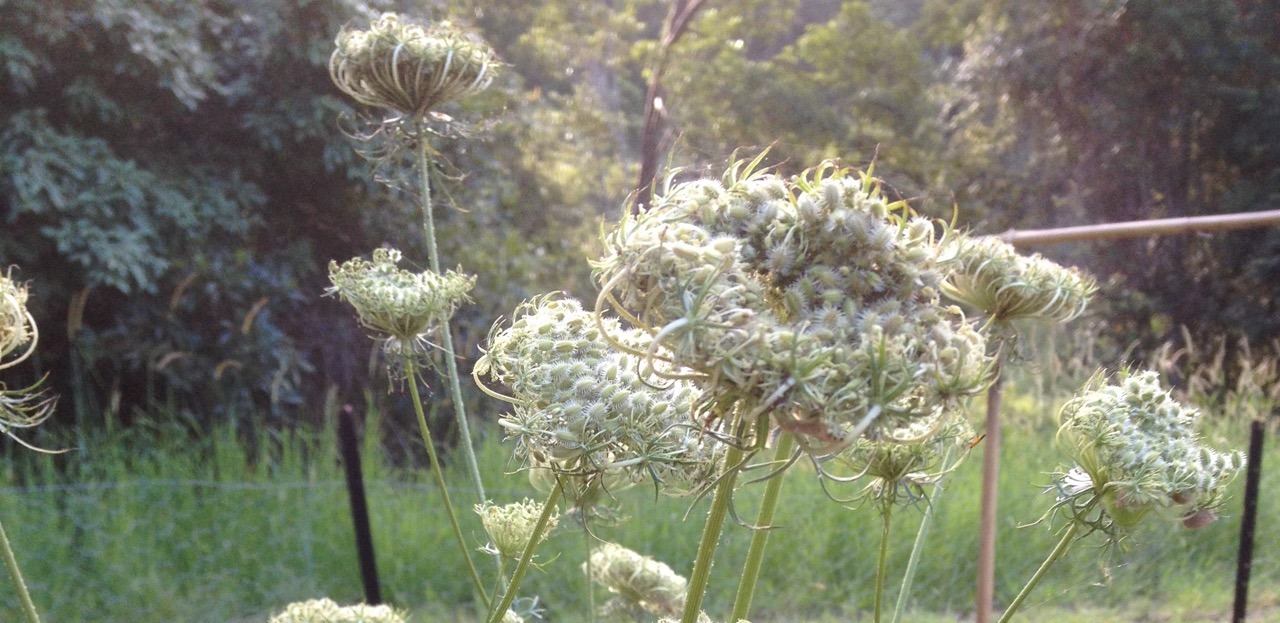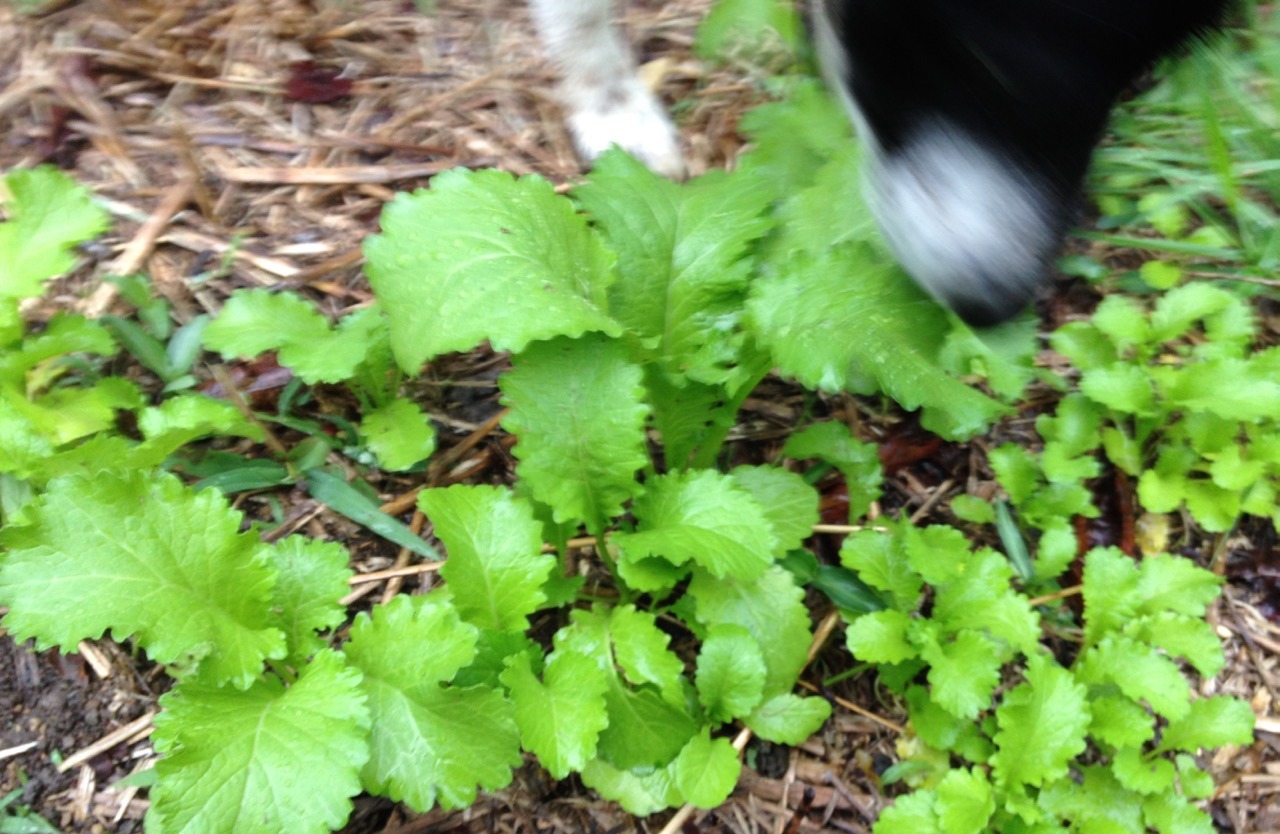Australia seems to be regarded in awe by other places for our multitude of deadly creatures, and I can confess now that I was worried about what creatures might lurk here at Hill House. As I grew up on the other side of the country and had lived in towns and cities on this side, I was unfamiliar with the level of wildlife here, and expected that it would be frankly seething with animals, some of which would be keen to bite. But I can report back that we have been…
Read MoreMonth: May 2015
Our gardens; the first year
A blank slate was what we wanted with our new garden, and when we moved here, that’s what we got. There was a small, roughly fenced and terraced vegetable plot on the hill below the house, which had been mostly abandoned to layers of cardboard and plastic. The rest was grass, with lantana and other tall weeds on the fringes. In our first year we have tried and moved a couple of gardens, and begun to plant the ornamental gardens round the house.
Read MoreOur first year: moving towards a more sustainable future
We have just celebrated our first year here at ‘Hill House’. It’s been a great time, highlighted by meeting new friends and settling into the community, as well as having lots of visitors. We also got our beautiful smooth fox terrier, Willow, who has kept us busy. The daunting unknown of looking after 20 hectares has now become more a familiar reality, as we find out what is achievable here, but there will be many years to come of trial and error to try achieve a more sustainable future here.
Read MoreMaking daikon kimchi
Making daikon kimchi is an excellent way to spread out a harvest. My daikon (white radish, mooli) crop did very well, but after a few weeks of picking, the final half dozen plants needed to be pulled to make way for the next planting. So with the fridge already loaded with daikon roots, I decided to try a fermentation.
Read MoreBlack capsicums for the vegetable garden
Black capsicums are eye-catching, and they are often commented on by visitors as they sit on our kitchen bench, looking lustrous and mysterious. I bought the seeds for that reason, as part of an assortment of capsicums and chillies, lured by the colour. After a season of them though, I don’t think I will persevere. What’s wrong with them? They fruit well enough, producing a steady crop, but that doesn’t translate to table. Some didn’t progress past tiny fruit, some stayed deceptively green until they were overripe, but the main problem…
Read MoreRosella jam and cordial from the one batch.
Rosella (Hibiscus sabdariffa) makes great jam and cordial, and here’s a way I have found to make both from the one batch. The cordial is refreshing and slightly astringent, which I find perfect for a rehydrating drink on a hot day. The jam is a little like plum jam, with an intense red colour. I took our third picking of rosellas the other day, and thought I would try cordial again, but this time with a recipe suggestion from Hip Pressure Cooking. Her recipe is for blackberry essence, but it…
Read MoreMugwort and bees
This morning I was worried I had a bee swarm under the house, there was so much buzzing going on. Turns out the bees are crazy for the flowers on our mugwort and are buzzing round in big numbers with full pollen sacs. They are mainly european honey bees, but also our tiny sugar bag bees and some tiny flies, so a real pollinator feast.
Read MoreBunching onions; transplanting
Onions are another crop that can be tricky in the subtropics, but generally they need some patience and understanding. Most types need cold weather to form good bulbs, so for warmer climates bunching onions with their different growth habit can be a good choice. They are like permanent spring onions and they grow like massive chives, with many stems. Growing bunching onions Autumn is a good time to sow, to take advantage of the cooler weather. After moving here I planted mine in late Winter, which was not an ideal start, but…
Read MoreGetting carrot growing right
It was encouraging to see a post by Penny Woodward in Organic Gardening Magazine (Australian) where she writes that she used to think she couldn’t grow carrots, but then found the tricks (and made the beds) that give her successful crops. A lot of sources just say ‘Carrot growing is easy, go grow them!’ in a very encouraging way, but actually I have found them tricky too.
Read MoreFor everything a season.
The famous line from Ecclesiastes has many metaphorical applications, but it has very literal value in the garden. Sometimes when a plant is hard to grow it can just be down to daylength or temperature, not soil quality or the other things we try to get right. Things are perhaps a little more straightforward in cooler climates where you just need to ‘plant after last frost’, or catch the last warm days of Autumn to get winter crops established. In the subtropics the seasons are long and the planting times ambiguous.…
Read More
